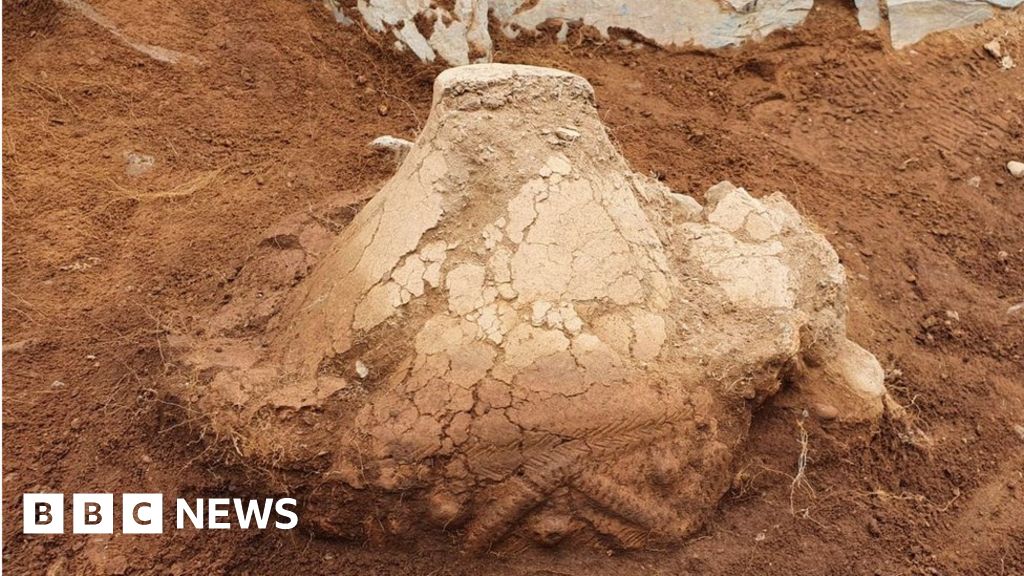Preserving walls are frameworks that are developed to hold back soil and avoid erosion. They are commonly utilized in landscaping ventures to develop level places, support slopes, and enhance the overall aesthetics of a residential or commercial property. The option of keeping wall structure style relies on various aspects such as ground type, height, budget plan, and private tastes. In this article, we will definitely check out different styles of maintaining wall structures to aid you figure out which one is appropriate for you.
1. Gravitation Retaining Wall surfaces
Gravitational force keeping wall surfaces depend on their mass to stand up to the tension put in through the soil responsible for them. They are typically created of massive materials such as concrete or stone and do not call for any sort of support. Gravity wall structures are appropriate for reduced to medium-height functions where there is no considerable tons or surcharge coming from adjoining structures.
One well-liked type of gravitation wall surface is the stacked stone wall. It takes advantage of all-natural stones stacked together without mortar or adhesive. This generates a aesthetically appealing keeping wall surface that blends seamlessly with the surrounding yard.
2. Cantilever Retaining Walls
Cantilever maintaining wall surfaces are made up of a thin upright stem connected to a bottom piece that extends right into the ground behind the wall surface. These wall structures derive their reliability from a blend of gravitation forces and building layout guidelines.
The stalk is typically produced coming from strengthened concrete and is thicker at the foundation than at the best to neutralize bending power triggered by dirt stress. Cantilever walls may be designed as either single-sided or double-sided depending on site restrictions and style demands.
3. Sheet Piling Retaining Wall structures
Piece piling keeping walls are commonly utilized in places along with soft soils, higher water tables, or minimal room for development devices. They are made up of interlacing steel slab stacks driven up and down right into the ground.
The piece stacks produce a ongoing barrier that stops ground action while likewise functioning as a barrier versus water invasion. This kind of retaining wall is frequently used in waterside applications such as seawalls, bulkheads, and shores.
4. Anchored Retaining Wall surfaces
Secured keeping walls are made to withstand higher lots and offer added reliability compared to various other types of maintaining wall structures. They combine the make use of of anchors or tiebacks that expand into the ground behind the wall surface.

The anchors are commonly produced of steel poles or cables that are protected to the wall structure and at that point tensioned versus a plate or anchor block buried deep in the ground. This body develops a taking pressure that neutralizes the side pressure coming from the soil, making it suited for high and hefty preserving walls.
5. Gabion Retaining Wall structures
Gabion keeping wall structures are composed of cord screen baskets filled up along with rocks or stones. The containers are piled on best of each various other to develop a strong and adaptable framework.
Find More Details On This Page of preserving wall permits for natural drainage and can simply conform to modifications in ground problems without risking its honesty. Gabion wall surfaces are usually used in disintegration management tasks but can easily addi